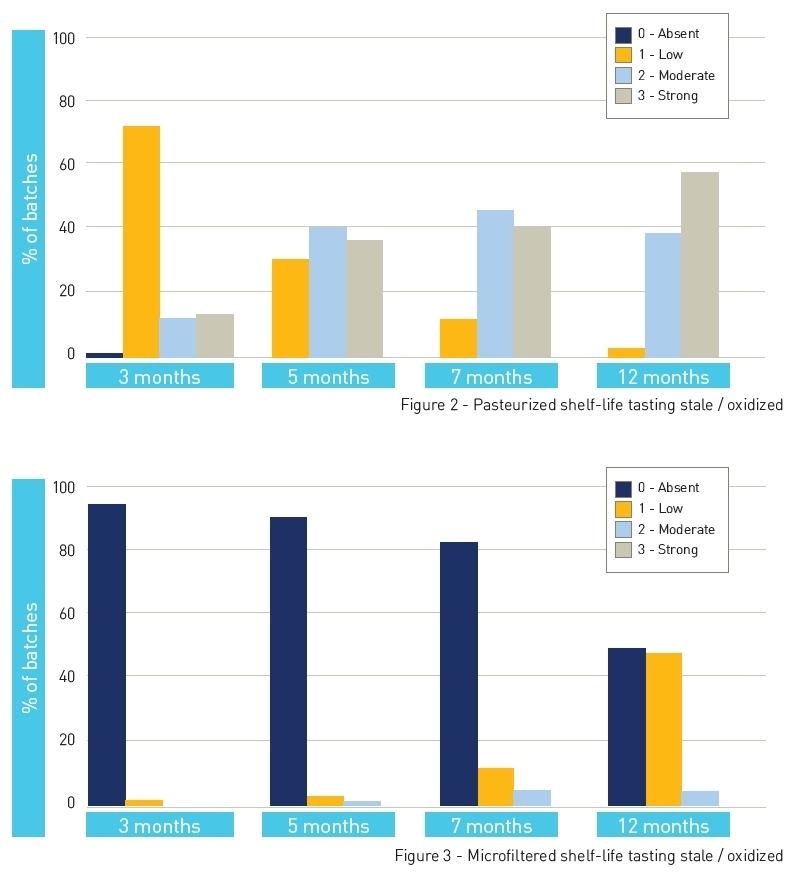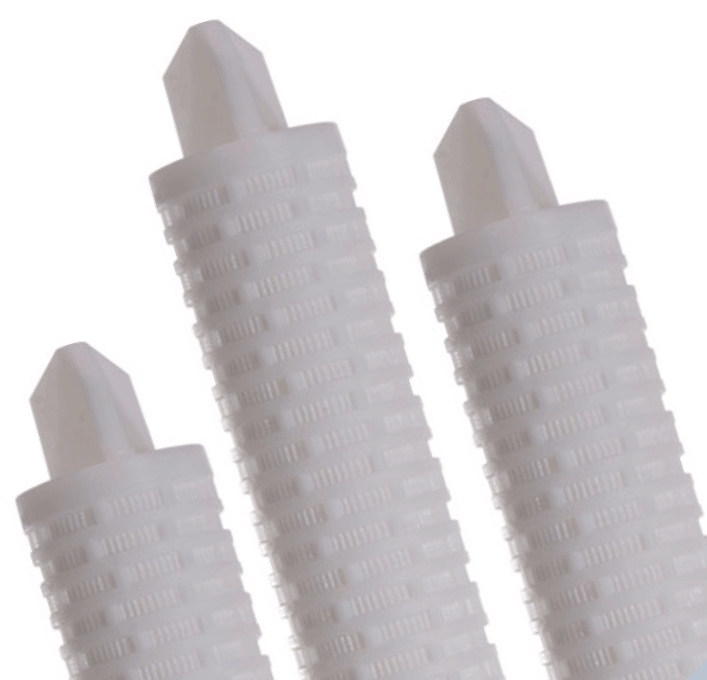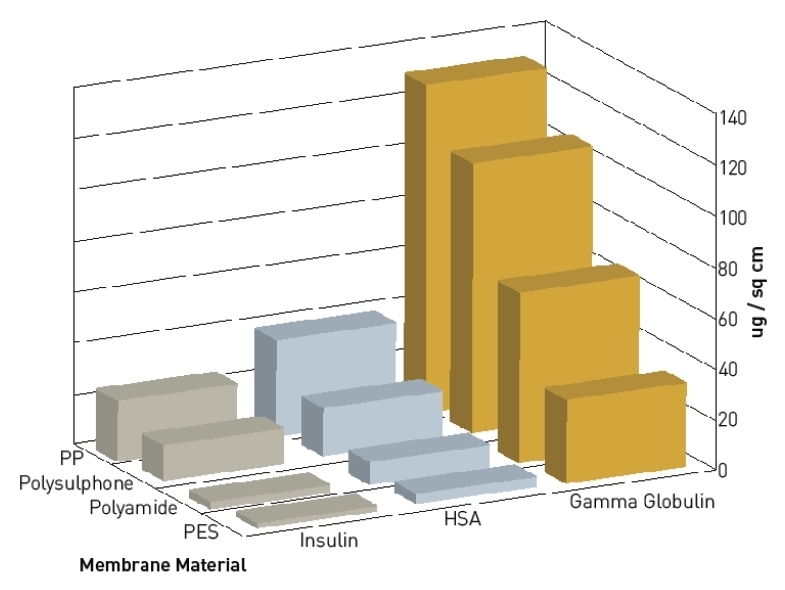Protecting the unique characteristics of your beer
The stabilization of ale is of critical importance for the shelf-life of bottled beers. As producers target new and faraway emerging markets it is critical that the beer reaches customers with its intended characteristics.
It has been shown that beer which has been filtered to achieve cold stabilization retains its unique and desirable characteristics more efficiently than beer stabilized through flash pasteurization. Cold stabilization also demonstrated a beneficial effect on taste characteristics throughout the duration of the beer's shelf-life.
Protecting the shelf-life of your beer
When the decision is taken to bottle real ale, the microbiological stability of the beer leaving the brewery needs to be guaranteed to provide adequate shelf-life. As new faraway markets emerge and off trade consumption increases, the shelf-life of bottled beer becomes increasingly more important.
Brewers of ale, carefully select and balance the ingredients to generate the unique and distinctive characteristics of their brand. These unique characteristics which include color, brightness and taste such as bitterness and sweetness should remain unaffected by any microbiological stabilization treatment prior to bottling. Cold stabilization refers to the final microbial filtration of beer using a microporous membrane to remove yeast and typical spoilage organisms to provide extended shelf-life. An alternative method of stabilizing beer, flash pasteurization does not remove the yeast or micro-organisms as with microfiltration but deactivates them by heat. Flash pasteurization also demands higher relative water and energy consumption, therefore making cold stabilization a more appealing process to the micro-brewer and leading global brewers alike.
Flash pasteurization was the primary method of stabilizing beer, however, due to the heating and cooling used, the flavors can be altered thus changing the unique characteristics of the beer which have been so carefully selected. Parker Domnick Hunter's range of microfiltration products can guarantee the microbiological stabilization of beer, while also protecting its unique characteristics.
Cold stabilization as an alternative to flash pasteurization, a brewer's perspective
The final stabilization of beer by microfiltration has commonly been accepted as a more gentle method of stabilization, generating a 'cleaner, fresher, more natural flavor' when compared to flash pasteurization.
A number of independent tests have investigated the effect on taste of both flash pasteurization and cold stabilization by Parker Domnick Hunter's BEVPOR microfiltration range.
A trial conducted by a leading UK brewery indicated that beer packaged after cold stabilization produced a beer which protected the desirable, crisp and bitter taste profiles when compared to pasteurization in a triangular taste test. (Figure 1.)
The test, carried out with an experienced taste panel, tested the same batch of beer after cold stabilization and flash pasteurization to identify if the method of stabilization impacted upon the finished product characteristics of the beer. In this case, the data generated helped the brewery to select cold stabilization as their preferred method of microbial stabilization.
Does the method of stabilization affect shelf-life?
The studies performed not only established the immediate characteristic changes of the beer that had been pasteurized, they also identified that the method of stabilization had an effect on the beer's characteristics for the duration of the product's shelf-life. (figure 2 & 3).
The work identified that cold stabilization through BEVPOR filtration increased the time taken for the beer to display a stale / oxidized characteristic. Not only did the oxidized characteristics take longer to develop in the micro filtered beer, but it was far less pronounced over the 12 month trial.
Pasteurized shelf-life tasting stale / oxidized

A second brewery in the South of England conducted a trial looking at flash pasteurization and cold stabilization to determine which method would be used in the bottling of a leading premium ale. The same batch of beer was sent to two different contract packagers, one packaged the beer after flash pasteurization and the other after cold stabilization.
The brewing team commented that microfiltration appeared to be a gentle process which protected the late hoppy characteristic of the ale. As a result of this process the brewery installed an integral cold stabilization unit utilizing Parker Domnick Hunter BEVPOR microfiltration cartridges and fabricated housings.
Parker Domnick Hunter BEVPOR Microfiltration

Does cold stabilization alter the characteristics of beer?
Cold stabilization will affect the finished product characteristics of the beer, however, with the correct choice of filter materials this can be minimized to protect the unique characteristics of your beer.
The BEVPOR microfiltration range utilizes a Polyethersulphone (PES) membrane which has been carefully selected due to its excellent performance characteristics in beer stabilizing applications. One of the key performance requirements of the PES membrane was making sure the unique characteristics of the beer were protected whilst guaranteeing the removal of yeast and typical spoilage organisms.
Microfiltration elements are designed to remove spoilage organisms through size, however, they will also remove other material such as suspended solids, proteins, polysaccharides and color through adsorption. Depending on the extent of the adsorption, changes to the final characteristics of the beer may be possible.
Studies into the adsorption of head retention protein components during membrane microfiltration were conducted using two commonly used membrane materials, Polyethersulphone (PES) and Polyamide (PA) for both 0.45 micron and 0.65 micron ratings. (1)(2) Results showed that membrane material had an effect on the protein content of the filtrate. PES reduced the protein content to a lesser degree than the PA membrane. Micron rating was also shown to affect the adsorption of proteins with 0.65 micron filters having a lesser effect than 0.45 micron filters.
Membrane Material

Figure 5 - Protein adsorption of microporous membranes (Source: Akzo Nobel)
A further study was carried out in order to demonstrate the low levels of protein adsorption expected with PES membrane compared to other materials used or beer filtration and serves to demonstrate the functional benefits of using PES on a number of levels (figure 5). Firstly, due to the lower protein adsorption characteristics of PES, the filtration has a negligible effect on the physical and sensory properties of the first run brew, so qualities such as head retention, color and taste remain unaffected. Secondly, due to the low adsorption affinity, the PES membrane does not foul as readily as PA and is easily cleaned by CIP processes so the system can be regenerated and used again. Both of these qualities have been observed by multiple brewers who have reported the associated functional benefits of using BEVPOR filters.
Download Cold Stabilization of Ale White Paper
To learn more call us today at (855) 737-4717 and ask to speak to one of our filtration specialists.